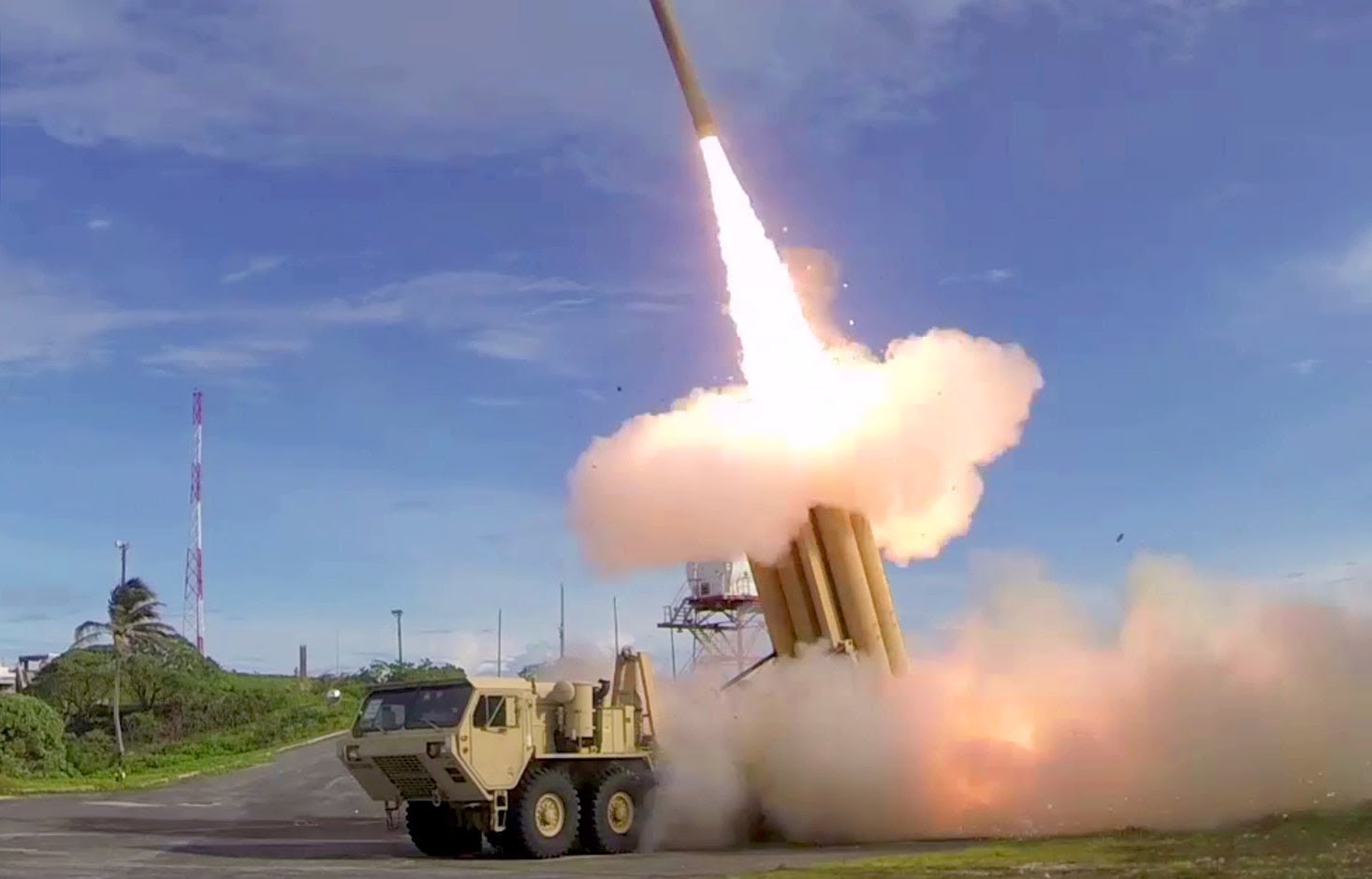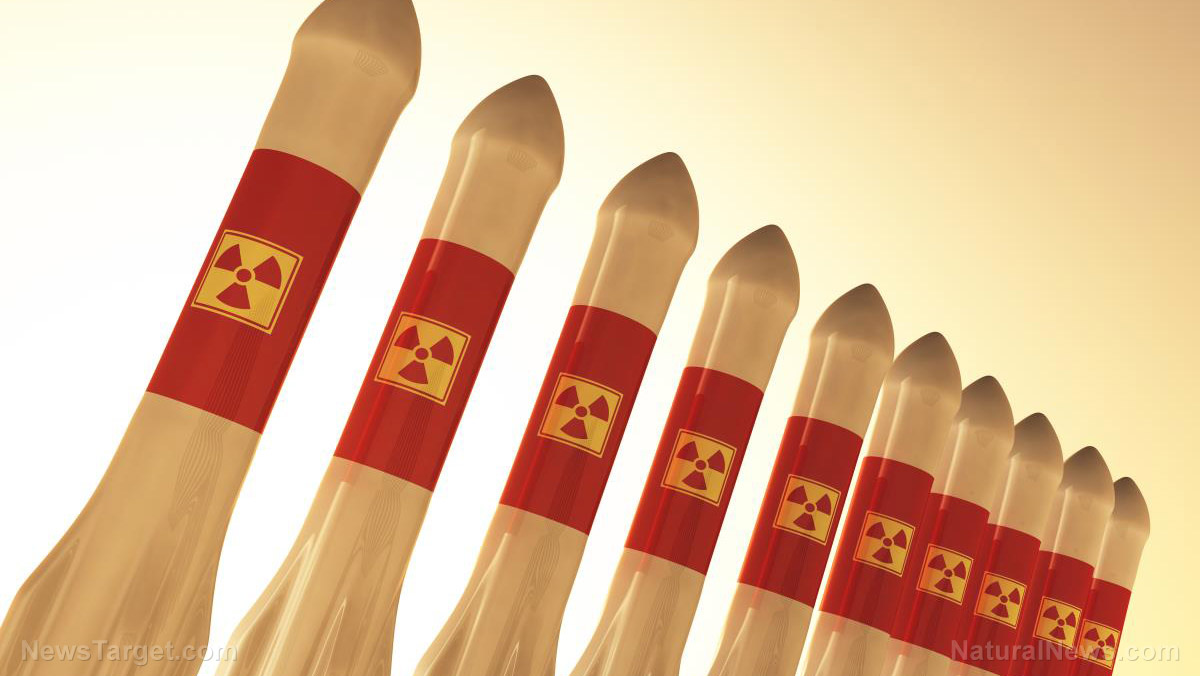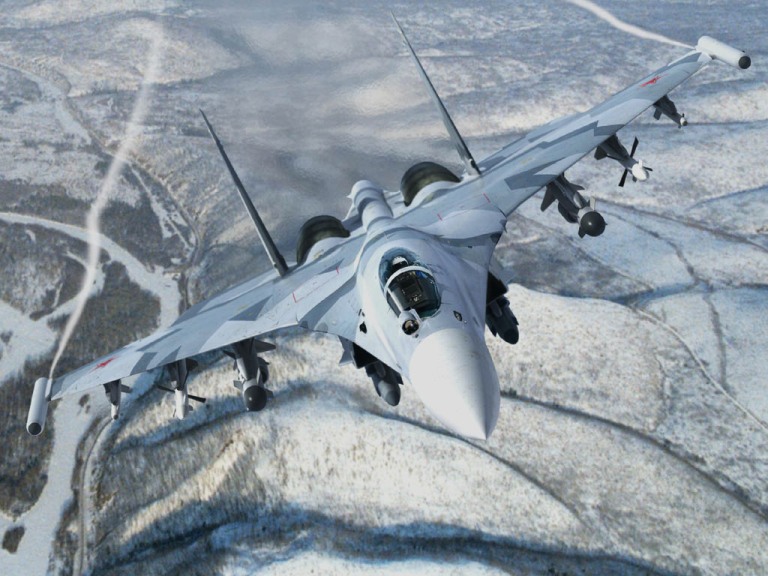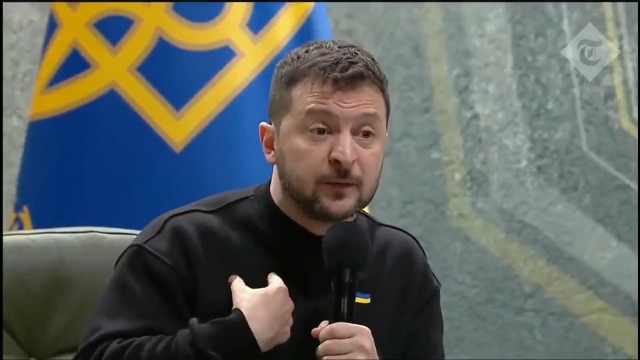Russia can produce 300 long-range missiles per year, Kyiv intel estimates
12/12/2024 / By Belle Carter
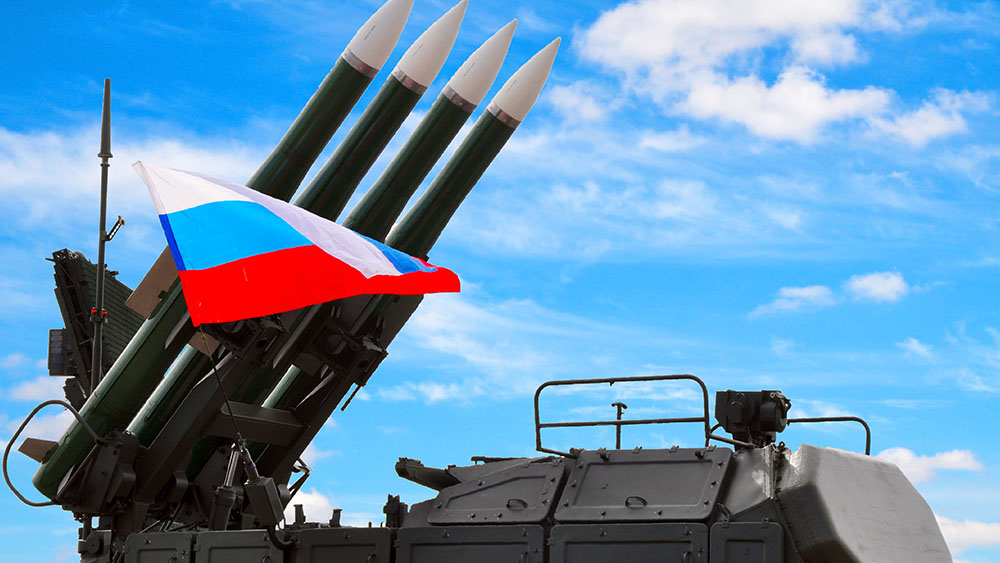
- Moscow is ramping up production of the intermediate-range Oreshnik ballistic missiles and is said to be capable of producing up to 300 missiles annually. This move signals a significant expansion of Russia’s military capabilities and regional influence.
- Russian President Vladimir Putin has announced plans to supply Belarus with Oreshnik missiles, a strategic move that could escalate tensions between Russia and NATO, as Belarus borders multiple NATO countries.
- The Oreshnik missile features a 4,000-kilometer range and multiple independently targetable re-entry vehicles (MIRVs), making it a game-changer in modern warfare. It can deliver both nuclear and conventional warheads to multiple targets simultaneously.
- Despite international sanctions, Russia has managed to overcome previous limitations and sustain its production of advanced missile systems. This raises concerns about the effectiveness of current sanctions against Russia.
- The surge in missile production, coupled with Russia’s strategic shift towards regional deployments, could ignite a new arms race, challenging regional stability and prompting neighboring countries to seek countermeasures. The involvement of Western semiconductor companies in producing components for these missiles further complicates the situation.
In a stark reminder that the post-Cold War era is truly over, Russia is ramping up the production of its Oreshnik intermediate-range ballistic missiles, setting off alarm bells across the globe.
With the capacity to produce up to 25 Oreshniks monthly, which is equivalent to 300 missiles per year, Moscow is solidifying its military might and hinting at a far broader regional deployment strategy. Most alarmingly, Russian President Vladimir Putin has announced plans to supply Belarus with these powerful weapons, a move that could easily escalate tensions to unprecedented levels.
First unveiled during Russia’s ongoing war in Ukraine, the Oreshnik missile is a technological marvel in the realm of modern warfare. Not only does it boast a staggering range of 4,000 kilometers, but it’s also equipped with multiple independently targetable re-entry vehicles (MIRVs), allowing a single missile to strike up to six targets.
This capability has instantly made the Oreshnik a game-changer, capable of striking deep into NATO territories with both nuclear and conventional warheads. Given its range and payload, the Oreshnik’s ability to shift the balance of power in Europe and beyond cannot be overstated. (Related: Russia pondering an Oreshnik missile strike on Zelensky’s HQ in Kyiv.)
The Ukrainian Defense Ministry‘s intelligence assessment points to a significant shift in Russia’s production capabilities, with the country apparently managing to overcome earlier sanctions-induced setbacks. Back in 2022, it was reported that Russia’s missile inventory was rapidly depleting. Yet, Moscow has managed to not only sustain its current arsenal but also expand it, defying expectations and stirring global anxiety.
What makes the Oreshnik’s production even more alarming is the potential reallocation of resources away from Russia’s intercontinental-range ballistic missiles (ICBMs). The RS-24 Yars system, one of Russia’s primary ICBMs, could face reduced production in favor of Oreshnik.
While the immediate impact may not seem significant, the long-term implications of such a shift are both concerning and far-reaching.
This strategic shift is not merely about enhancing Russia’s immediate military capabilities, it’s a calculated move to project power and influence across Eastern Europe and beyond. The decision to supply Belarus with Oreshnik missiles is particularly troubling, effectively converting Belarus into a missile-launching platform just steps away from NATO’s borders. This kind of regional deployment could very well ignite a regional arms race, with neighboring countries scrambling to counter Russia’s growing missile arsenal.
More importantly, Russia’s ability to continue producing advanced weapons systems despite international sanctions sends a chilling message: the global sanctions regime, at least in its current form, is not fully effective in preventing the arms industry from functioning. This revelation raises critical questions about the future of international sanctions and the lengths to which countries will go to circumvent them.
Russia’s missile production surge increases the risk of global escalation
Journalists from Military Watch Magazine (MWM) have highlighted that the production surge is not just about the numbers; it’s about the technological edge the Oreshnik brings. With its ability to carry MIRVs and target multiple locations simultaneously, the Oreshnik is not just a missile – it’s a strategic game-changer.
The implications of this potential arms build-up are dire. As Russia continues to expand its missile capabilities, the risk of accidental or deliberate escalation increases exponentially. The regional stability that has been painstakingly cultivated over decades could crumble under the weight of a new arms race.
Moreover, the fact that these missiles are being produced using components manufactured by Western semiconductor giants, despite sanctions, is a sobering reminder of the porous nature of international regulations. Companies like Texas Instruments, XILINX, AMD and others are unwittingly contributing to the enhancement of Russia’s military capabilities, undermining international efforts to contain Russian aggression.
Russia’s actions are not just a reflection of its ambitions; they’re a call to arms for the global community. Will diplomatic channels, economic sanctions, and technological countermeasures be enough to prevent a full-blown arms race, or are we on the brink of a new Cold War?
Watch the video below that talks about how fast the Oreshnik missile can hit U.S. bases all around the world.
This video is from The Prisoner channel on Brighteon.com.
More related stories:
Russian state media says Oreshnik missiles can hit American bases within minutes.
Sources include:
Submit a correction >>
Tagged Under:
Belarus, big government, chaos, Cold War, dangerous, escalation, ICBM, long-range missiles, military tech, national security, NATO, Oreshnik, RS-24 Yars system, Russia, Russia-Ukraine war, Ukraine, Vladimir Putin, war arsenal, weapons technology, WWIII
This article may contain statements that reflect the opinion of the author
RECENT NEWS & ARTICLES
COPYRIGHT © 2022 RussiaReport.news
All content posted on this site is protected under Free Speech. RussiaReport.news is not responsible for content written by contributing authors. The information on this site is provided for educational and entertainment purposes only. It is not intended as a substitute for professional advice of any kind. RussiaReport.news assumes no responsibility for the use or misuse of this material. All trademarks, registered trademarks and service marks mentioned on this site are the property of their respective owners.


